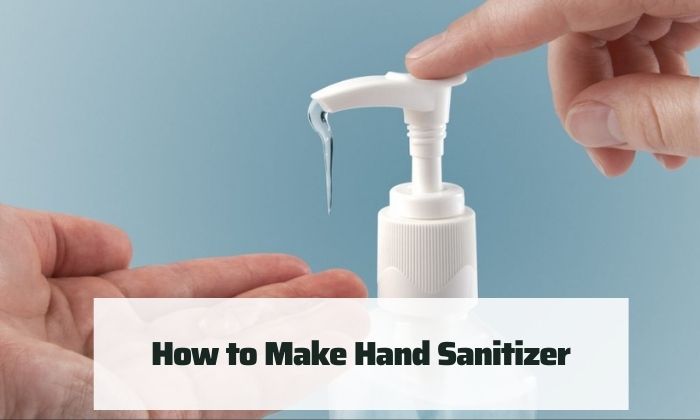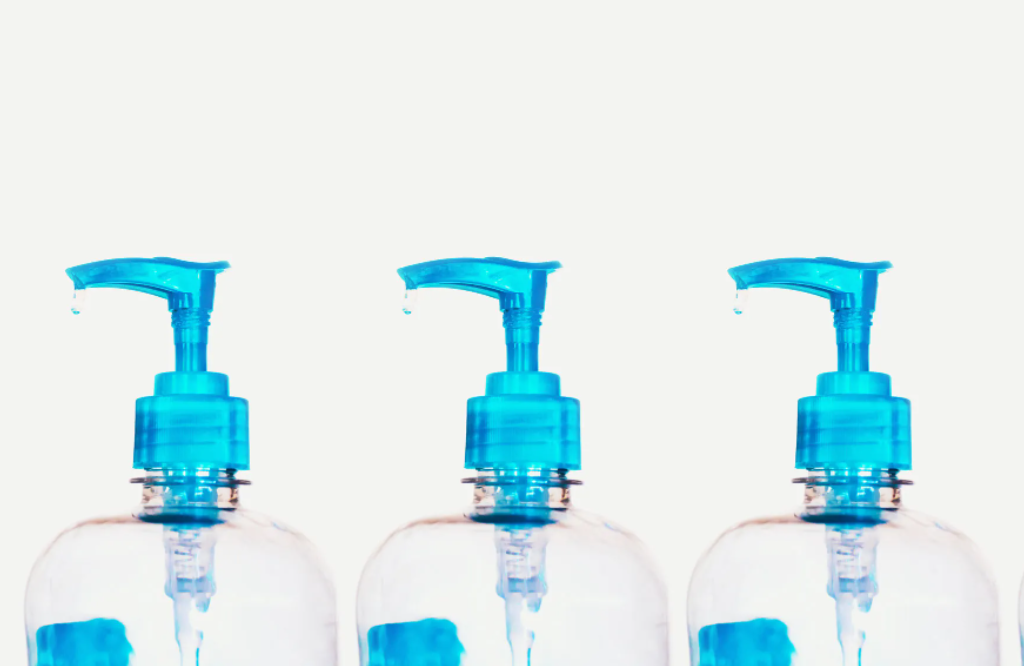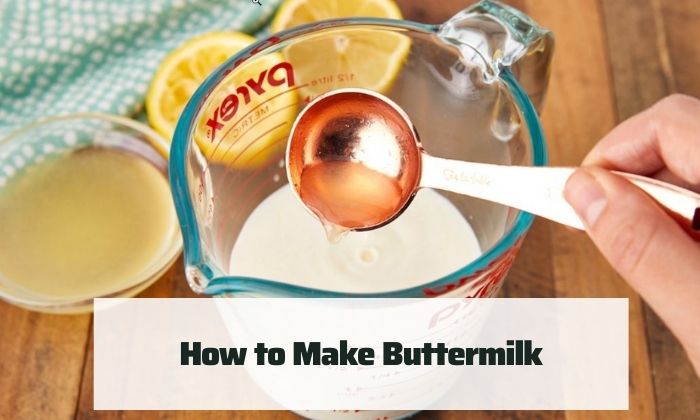How to Make Hand Sanitizer At Home – Easy Ways

Nothing beats good old-fashioned handwashing when it comes to preventing the spread of infectious diseases like COVID-19.
If water and soap aren’t available, the Centers for Disease Control and Prevention (CDC)Trusted Source recommends using an alcohol-based hand sanitizer that contains at least 60% alcohol.
Unless you have a stash of store-bought hand sanitizer on hand, you’ll probably have a difficult time finding any at a store or online right now. Because of the rapid spread of the new coronavirus, most retailers are struggling to meet demand for hand sanitizer.
The good news is… To make your own hand sanitizer at home, you only need three ingredients. Continue reading to find out how to make hand sanitizer.

What ingredients do you need?
Making your own hand sanitizer is simple and requires only a few ingredients:
- rubbing alcohol
- isopropyl alcohol (99 percent alcohol volume)
- aloe vera gel an essential oil
- tea tree oil or lavender oil, or lemon juice
The key to making an effective, germ-killing hand sanitizer is to use a 2:1 alcohol-to-aloe vera ratio. This keeps the alcohol content at around 60%.
This hand sanitizing formula was shared by Jagdish Khubchandani, PhD, associate professor of health science at Ball State University.
His hand sanitizer formula includes the following ingredients:
- 2 parts isopropyl alcohol
- ethanol (91%–99% alcohol)
- 1 part aloe vera gel 1 part essential oil (clove, eucalyptus, peppermint, or other)
If you’re making your own hand sanitizer, Khubchandani recommends the following steps:
- Make the hand sanitizer in a clean environment. Before you begin, wipe down the countertops with a diluted bleach solution.
- Before making the hand sanitizer, thoroughly wash your hands.Use a clean spoon and a whisk to combine the ingredients. Before using
- these items, thoroughly wash them.
- Make certain that the alcohol used to make the hand sanitizer is not diluted.
- Combine all of the ingredients in a large mixing bowl and thoroughly combine them.
- Touch the mixture with your hands only when it’s ready to use.
The World Health Organization (WHO)Trusted Source has a formula for a hand sanitizer that uses the following ingredients for a larger batch of hand sanitizer:
- sterile distilled
- boiled cold water isopropyl alcohol
- ethanol hydrogen peroxide glycerol
Is it safe?
DIY hand sanitizer recipes abound online these days, but are they safe?
These recipes, including the ones listed above, are intended for use by professionals who have the knowledge and resources to make homemade hand sanitizers safely.
Homemade hand sanitizer is only advised in extreme cases where you won’t be able to wash your hands for the foreseeable future.
Inadequate ingredients or proportions can result in:
- lack of efficacy, meaning that the sanitizer may not effectively eliminate risk of exposure to some or all microbes
- skin irritation, injury, or burns
- exposure to hazardous chemicals via inhalation
It is also not safe to use homemade hand sanitizer on children. Children may be more prone to using hand sanitizer incorrectly, putting them at greater risk of injury.
How to use hand sanitizer
There are two things to keep in mind when using hand sanitizer:
- You must rub it into your skin until your hands are completely dry.
- If your hands are greasy or dirty, wash them with soap and water first.
With that in mind, here are some pointers on how to use hand sanitizer effectively.
- Spray or apply the sanitizer to one hand’s palm.
- Rub your hands together vigorously. Cover the entire surface of your hands and all of your fingers.
- Rub for 30 to 60 seconds, or until your hands are dry. Most germs can be killed by hand sanitizer after at least 60 seconds, and sometimes longer.
What germs can hand sanitizer kill?
An alcohol-based hand sanitizer that meets the alcohol volume requirement, according to the CDCTrusted Source, can quickly reduce the number of microbes on your hands.
It can also aid in the destruction of a wide variety of disease-causing agents or pathogens on your hands, including the new coronavirus, SARS-CoV-2.
Even the best alcohol-based hand sanitizers, however, have limitations and cannot eliminate all types of germs.
Hand sanitizers, according to the CDC, will not remove potentially harmful chemicals. It is also ineffective against the following germs:
- Clostridium difficile
- C. diff, causes cryptosporidiosis
- the norovirus Cryptosporidium.
Also, if your hands are visibly dirty or greasy, a hand sanitizer may not be effective. This could occur after working with food, doing yard work, gardening, or participating in a sport.
If your hands appear dirty or slimy, wash them instead of using a hand sanitizer.

Handwashing vs. hand sanitizer
Knowing when to wash your hands and when to use hand sanitizers is critical to protecting yourself from the new coronavirus as well as other illnesses such as the common cold and seasonal flu.
While both serve a purpose, the CDC recommends that washing your hands with soap and water be your first priority. Only use hand sanitizer if soap and water aren’t available.
It is also critical to always wash your hands:
- after using the restroom
- after blowing your nose, coughing, or sneezing
- before eating, and after touching potentially contaminated surfaces
The CDC provides specific instructions.
The most effective way to wash your hands, according to a reliable source. They advise the following steps:
- Use only clean, running water. (It can be either warm or cold.)
- Wet your hands first, then turn off the water and lather them with soap.
- Rub your hands together for at least 20 seconds with the soap. Scrub the backs of your hands, between your fingers, and underneath your nails.
- Turn on the water and begin rinsing your hands. Dry with a clean towel or let it air dry.
The bottom line
When soap and water aren’t available, hand sanitizer is a convenient on-the-go way to help prevent the spread of germs. Hand sanitizers containing alcohol can help keep you safe and reduce the spread of the new coronavirus.
If you can’t find hand sanitizer in your local stores and handwashing isn’t an option, you can take steps to make your own. Only a few ingredients are required, including rubbing alcohol, aloe vera gel, and an essential oil or lemon juice.
Although hand sanitizers can be effective at killing germs, health experts still recommend washing your hands whenever possible to keep disease-causing viruses and other germs at bay. See more useful article at my website y2kcenter.org




